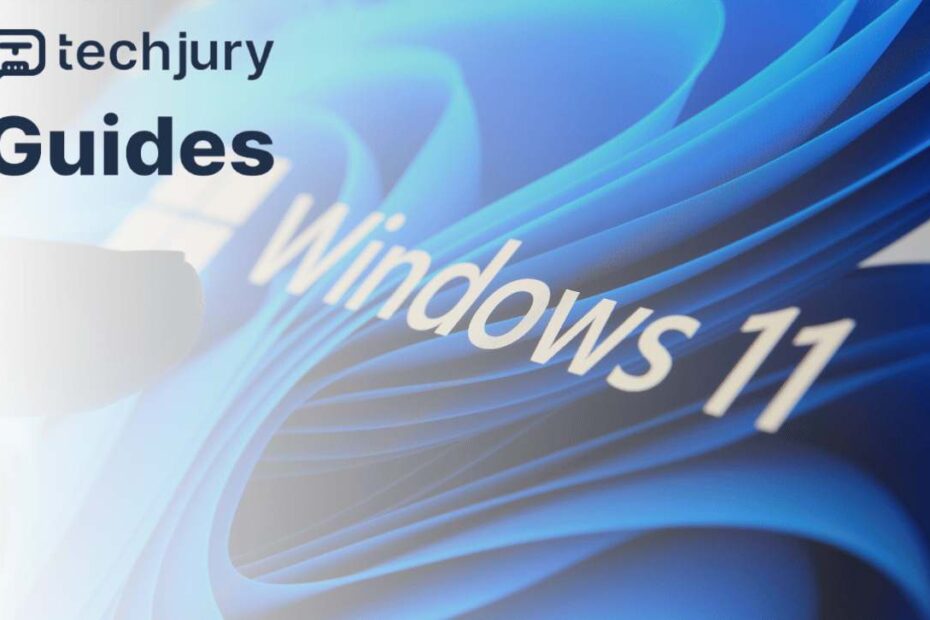Imagine standing at a crossroads where your digital journey suddenly halts—no map, no directions, just a frustrating message: "DNS server not responding." This isn‘t just a technical glitch; it‘s a communication breakdown between your Windows 11 machine and the vast, interconnected internet landscape.
As a technology specialist who has navigated countless network labyrinths, I‘ve witnessed how this seemingly simple error can transform into a complex puzzle. Your computer, essentially a sophisticated communication device, relies on Domain Name System (DNS) servers as its global positioning system, translating human-readable website addresses into machine-comprehensible numerical coordinates.
The Intricate Dance of Digital Communication
When you type a web address like www.example.com, your computer doesn‘t magically know where to find it. Instead, it performs an intricate dance with DNS servers—querying, receiving, and routing information through multiple network checkpoints. This process happens in milliseconds, so seamlessly that you rarely notice the complex choreography happening behind your screen.
Decoding the DNS Server Not Responding Error
The "DNS server not responding" message is more than a simple roadblock—it‘s a symptom of deeper network communication challenges. Think of it like a postal system where letters get lost between sorting centers. Your computer is trying to deliver a request, but something interrupts the smooth transmission of information.
Root Cause Analysis: Beyond Surface-Level Symptoms
Network issues rarely emerge in isolation. They‘re often interconnected symptoms of broader system dynamics. In Windows 11, these challenges can stem from multiple sources:
Network Infrastructure Complexities
Modern network environments are incredibly sophisticated. Your home or office network isn‘t just a simple connection but a complex ecosystem of routers, switches, firewalls, and multiple communication protocols. Each component represents a potential point of failure.Windows 11 Network Architecture
Microsoft‘s latest operating system introduces nuanced network management techniques. While designed for enhanced security and performance, these architectural changes can sometimes create unexpected communication bottlenecks.Global Internet Routing Challenges
Internet routing isn‘t a straightforward process. Your DNS request travels through multiple international servers, each with its own configuration, load, and potential performance limitations.
Comprehensive Diagnostic Strategies
Understanding DNS Resolution Mechanics
Before diving into solutions, let‘s explore how DNS resolution actually works. Imagine your computer as a detective, searching for a precise address in a massive, constantly changing global directory.
When you enter a web address, your system follows a hierarchical resolution process:
- Local DNS cache
- Configured DNS servers
- Root DNS servers
- Top-level domain servers
- Authoritative name servers
Each stage represents a potential point of investigation and resolution.
Advanced Troubleshooting Methodologies
Resolving DNS server issues requires a systematic, multi-layered approach. It‘s not about applying a single fix but understanding the intricate network ecosystem.
Network Configuration Forensics
Start by examining your network‘s fundamental configuration. This isn‘t just about checking IP settings but understanding how different network components interact. Use Windows 11‘s advanced network diagnostic tools to perform comprehensive system assessments.
Driver and Firmware Investigations
Network drivers are the communication bridges between your hardware and operating system. Outdated or misconfigured drivers can create subtle but persistent connectivity issues. Regularly updating these drivers isn‘t just recommended—it‘s essential.
Practical Resolution Techniques
Intelligent DNS Server Configuration
Selecting DNS servers isn‘t a random process. Consider factors like:
- Server response times
- Geographic proximity
- Historical reliability
- Security features
Public DNS providers like Google ([8.8.8.8]) and Cloudflare ([1.1.1.1]) offer robust, globally distributed infrastructure.
Windows 11 Specific Optimization Strategies
Windows 11 introduces advanced network management features. Leverage these by:
- Utilizing built-in network troubleshooters
- Configuring advanced network settings
- Implementing intelligent caching mechanisms
Future of Network Connectivity
As technology evolves, DNS resolution will become increasingly sophisticated. Emerging technologies like encrypted DNS protocols and AI-driven routing will transform how we understand network communication.
Predictive Network Management
The future of network troubleshooting lies in predictive analytics. Machine learning algorithms will anticipate potential connectivity issues before they manifest, creating self-healing network infrastructures.
Conclusion: Empowering Your Digital Journey
Understanding DNS server challenges isn‘t about memorizing technical steps—it‘s about developing a holistic perspective on digital communication. Each error is an opportunity to learn, each challenge a chance to understand the intricate systems powering our connected world.
By approaching network issues with curiosity, systematic thinking, and continuous learning, you transform from a passive user to an active digital navigator.
Remember, in the vast landscape of technology, knowledge is your most powerful tool.
